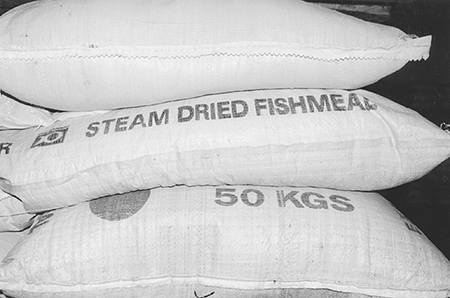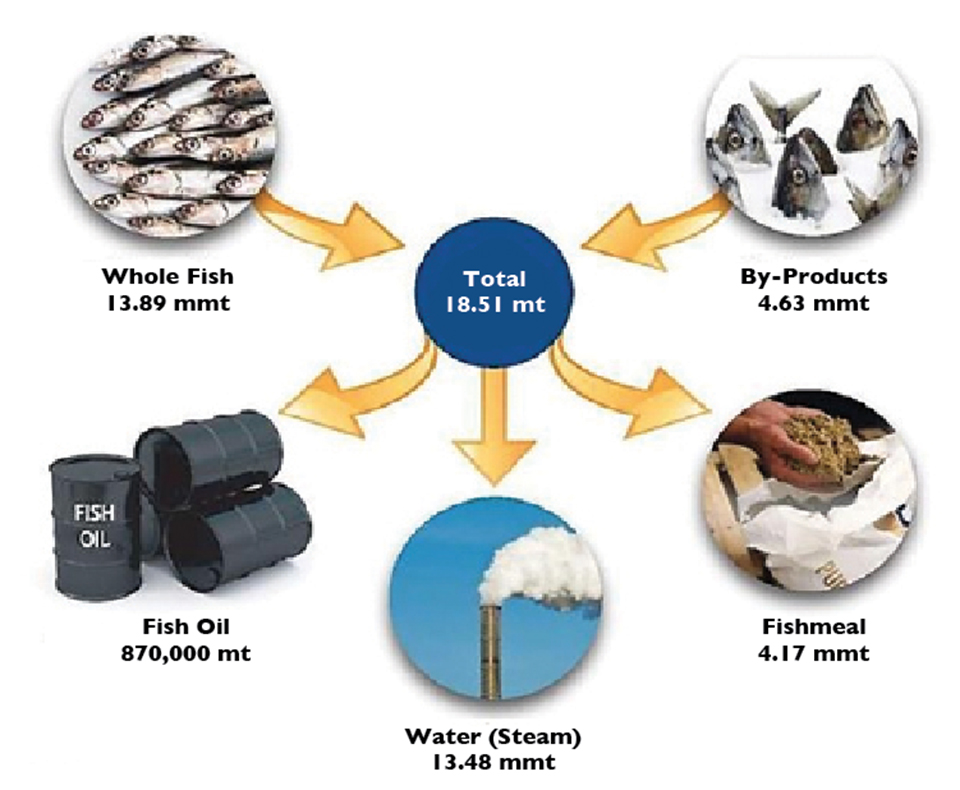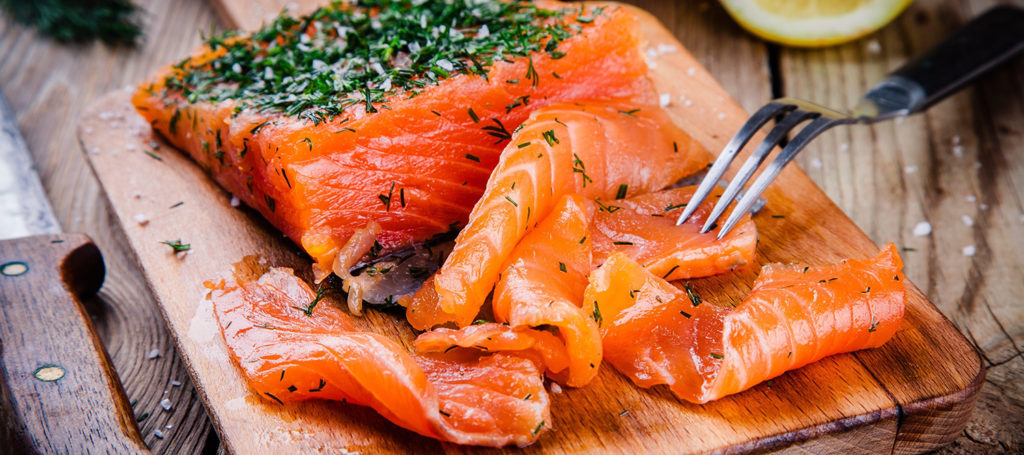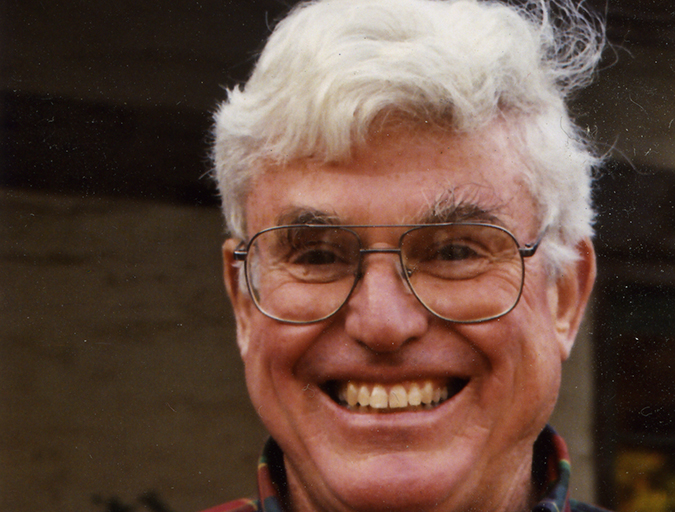Certifying bodies offer a diverse set of standards

Although aquaculture was the world’s fastest-growing food sector for almost three decades, it has been surpassed by the emergence of organic agriculture. Moreover, aquaculture has lagged far behind the agriculture sector in terms of the quantities and diversity of certified organic products produced. No official statistical data are available concerning the global production of certified organic aquaculture products, but it is estimated that total production in 2000 was only about 5,000 metric tons (MT), primarily from European countries.
The slow growth of organic aquaculture has been largely due to the absence of internationally recognized and universally accepted regulations and standards for producing and handling organic aquaculture products. For example, although both the European Union and the Codex Alimentarius Commission of the United Nations Food and Agriculture Organization and World Health Organization have produced guidelines and standards for organically produced foods, neither has yet dealt with organic aquaculture.
Role of IFOAM
To address this situation, the International Federation of Organic Agriculture Movements (IFOAM), an umbrella organization of 740 organic-related organizations and institutions from over 100 countries, drafted “Basic Standards for Organic Aquaculture Production.” These guidelines were first prepared in 1998 and adopted as draft standards by IFOAM at its 2000 general assembly in Basel, Switzerland.
The draft standards were subsequently revised based on input from the IFOAM Organic Aquaculture Working Group and other stakeholders. The revised standards will likely be voted into full standards at the next general assembly of IFOAM, in Victoria, Canada in August 2002.
Certification and standards
Despite its late start and modest size, the organic aquaculture sector currently boasts 20 to 25 private and non-private certifying bodies. They reflect a diverse set of aquaculture standards that sometimes vary considerably from country to country, certifier to certifier and species to species.
To a large extent, these varied standards reflect the differences between individual certifiers, farmers, and other interested stakeholders – including consumers, the public, nongovernmental organizations, and others. Such groups’ interpretations of what organic aquaculture really entails, as well as the need for a universal set of basic principles and production standards, do not always mesh.
Current IFOAM nutrition principles and standards
Principles
- Organic aquaculture production provides a good-quality diet balanced according to the nutritional needs of the organism.
- Feed is only offered to the organisms in a way that allows natural feeding behavior, with minimum loss of feed to the environment.
- Feed compromises byproducts from organic food processing and wild marine feed resources not otherwise suited for human consumption.
Standards
- Aquaculture feeds shall generally contain 100 percent certified organic components, or wild feed resources. When supplying food collected from the wild, the “Code of Conduct for Responsible Fisheries” (FAO, 1995) shall be followed.
- When certified organic components or wild foods are not available, the standard-setting organization may allow feed of conventional origin up to a maximum 5 percent (by dry weight).
- In systems using brought-in feed inputs, at least 50 percent of the aquatic animal protein in a diet shall come from byproducts or other waste, and/or other material not suitable for human consumption.
- In cases of unforeseen severe natural events, the standard-setting organization may grant exceptions from the percentages mentioned in 6.8.1. and 6.8.2. Specific time limits and conditions will be established for such exceptions.
- Feed rations should be designed so that plant and/or animal sources supply most of the nutritional needs of the organism.
- The standard-setting organization may permit the use of mineral supplements, if they are applied in their natural composition.
- Use of human feces is restricted.
- The following products shall not be included in or added to the feed or in any other way be given to the organisms: material from the same species per genus per family as the one being fed; feedstuffs subjected to solvent (e.g., hexane) extraction; pure amino acids; urea; synthetic growth promoters and stimulants; synthetic appetizers; synthetic antioxidants and preservatives; artificial coloring agents; genetically engineered organisms or products thereof.
- Vitamins, trace elements, and supplements used shall be from natural origin when available.
- The use of substances from synthesized or unnatural sources will only occur under conditions established by the standard-setting organization.
- The following feed preservatives may be used: bacteria, fungi, and enzymes; byproducts from the food industry (e.g., molasses); plant-based products.
- Synthetic chemical feed preservatives may be permitted in response to severe weather conditions. The standard-setting organization shall establish conditions for their use.
Long-term prospects
Based on current estimates of certified organic aquaculture production and anticipated compound annual growth rates of 30 percent for 2001 to 2010, 20 percent for 2011 to 2020, and 10 percent for 2021-2030, it is estimated that production will increase from 5,000 MT in 2000 to 1.2 million metric tons by 2030. This production of certified aquatic products would be equivalent to 0.6 percent of the total projected aquaculture production in 2030.
Basis for estimates
These estimates are primarily based on existing organic aquaculture production levels from developed countries, and the assumption that the major markets for certified farmed aquatic products will be North America and Europe in the West; and Singapore, Japan, Australia, and New Zealand in the East.
Expansion in the sector would be promoted by growing awareness within these countries concerning environmental pollution, the safety of aquatic products for human consumption, the state of global fisheries resources, and the long-term sustainability of current aquatic food-production systems. These estimates could change dramatically if developing countries were to embrace certified organic aquaculture production methods in earnest.
Experimental organic production
To date, certified organic aquaculture production has been restricted to the experimental production of organic shrimp within a few selected developing countries (Ecuador, Vietnam, and Indonesia) by certifiers from developed countries. With its 3,000-year history and tradition in aquaculture, including the development of freshwater finfish production methods based upon holistic, integrated farming systems and polyculture rearing techniques, China stands out as another candidate for organic aquaculture production.
Note: This article was based on “Organic aquaculture: current status and future prospects,” a major review paper recently prepared for FAO by the authors.
(Editor’s Note: This article was originally published in the February 2002 print edition of the Global Aquaculture Advocate.)
Now that you've reached the end of the article ...
… please consider supporting GSA’s mission to advance responsible seafood practices through education, advocacy and third-party assurances. The Advocate aims to document the evolution of responsible seafood practices and share the expansive knowledge of our vast network of contributors.
By becoming a Global Seafood Alliance member, you’re ensuring that all of the pre-competitive work we do through member benefits, resources and events can continue. Individual membership costs just $50 a year.
Not a GSA member? Join us.
Authors
-
Albert G.J. Tacon, Ph.D.
Aquatic Farms Ltd.
49-139 Kamehameha Highway
Kaneohe, Hawaii 96744 USA[109,111,99,46,110,115,109,64,110,111,99,97,116,97]
-
Deborah J. Brister
Institute for Social, Economic, and Ecological Sustainability
University of Minnesota
St. Paul, Minnesota, USA
Tagged With
Related Posts

Aquafeeds
How much fish is consumed in aquaculture?
Traditionally accepted calculations of wild fish use in feed for major farmed species tend to misrepresent fishmeal use. Some more current calculation methods require separate calculations for fishmeal and fish oil, or focus on quantity of protein from wild-caught fish.

Aquafeeds
Report reviews feed practices in shrimp aquaculture
New feed practices can reduce environmental impacts of shrimp farming, including the replacement of fishmeal and fish oil with sustainable lipid sources.

Aquafeeds
Aquaculture’s input efficiency shines as FIFO ratios improve
The latest Fish In:Fish Out (FIFO) ratios calculated by IFFO – The Marine Ingredients Organisation shows that every kilogram of wild fish utilized in aquafeeds results in a total of 4.55 kilos of farmed fish produced.

Innovation & Investment
Aquaculture Exchange: George S. Lockwood
With his book, “Aquaculture: Will it Rise to Its Potential to Feed the World?” hot off the presses, the pioneer abalone farmer vents on U.S. aquaculture regulations but remains deeply optimistic about fish farming.


